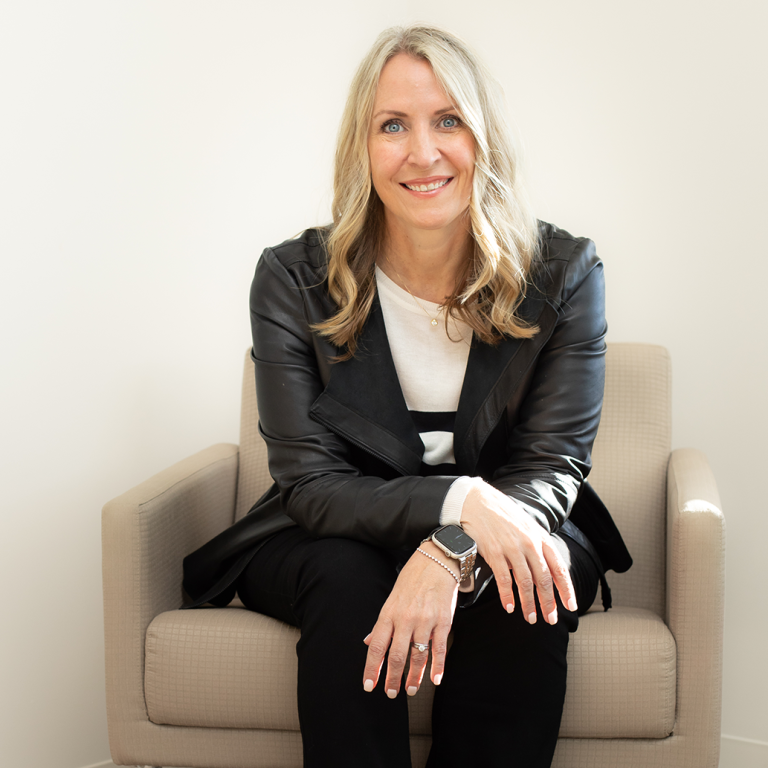JULIE, TAKE US BACK TO YOUR EARLY YEARS AND HOW YOU FOUND THE PATH TO A CAREER IN HR.
If you had asked me in my high school years if I thought I might go into Human Resources, there is zero chance I would have said yes. Growing up, I was very studious and loved school, learning and reading and set my heart on becoming a chemical engineer as my favourite subjects were chemistry, physics and calculus. But I remember then talking with one of my parents’ friends who happened to own his own organisational development company. He was speaking to me purely from a career development standpoint, but the conversation sparked my interest in industrial organisational psychology – the why behind how people act at work – which sounded fascinating. What interested me most was that, while science is usually about understanding things through facts and rules, people chemistry is often unpredictable and so it was psychology that I chose to study at Ohio University. But it wasn’t all study – I was also in a sorority, played in the volleyball club team and had a lot of fun. By the time I graduated, I no longer wanted to stay on and study for a PhD, which had been my original plan since the start of the course, and I went to Bowling Green State University, Ohio to study a Master of Organizational Development. The first year covered most of the same courses as an MBA, but the second year was focused on OD-specific classes. The course included experience-based learning – including internships to gain some real-world experience – and my internship was at Walt Disney World in Florida. I was there as an OD consultant for the operations team that was building Animal Kingdom. As you can imagine, it was super fun, but I felt a little bit over my head, just a kid working with seasoned professionals building a theme park.
On finishing my second year, I was at an OD networking conference in Phoenix, Arizona, when I met a recruiter for Anderson Consulting – which later became Accenture – who suggested I would be a great fit for a change management practice within the consultancy, as my focus was on OD. So, I moved to Texas for the job in 1998, thinking I’d stay there for maybe a few years and, although I obviously moved jobs and locations in my career, I’m still in Texas now. Then I had a call from somebody I worked with at Disney during my internship, who said they had the perfect job for me, working as an OD consultant for Disney’s sports and recreation division. Although I loved Accenture, this was an opportunity too good to pass up and, after weighing up the pros and cons of both roles, I moved to Orlando, Florida to work for Disney. The role was much more integrated, looking at process design, org design and strategy, which was fantastic. By now, I was in my mid-late 20s – the only woman on this leadership team within the sports and rec division – and probably ten years younger than the next youngest person. But I knew that progress was about being stretched and being at the decision[1]making table and the role was a great melding of my passions and experience.
Just before taking the role at Disney, I met my future husband on a grounded flight from Houston to Dallas, breaking it to him on our first date that I was moving to Florida in a few weeks. He works as an attorney in his law practice based in Dallas so, as it was easier for me to move than him – after a year and a half of living in different states – I decided he was worth the chance and I left my position at Disney and moved back to Texas. I put my resume out on Monster, as you did in those days, and immediately received a call from Accenture, about an outsourcing opportunity to manage the process, change management and training teams for LSG Sky Chefs airline catering. The role was different to my previous positions – it was more about running a function of the business than consulting – and I really appreciated that different perspective. Eventually, that project came to an end and I moved on to my first HR role, still with Accenture, working in the newly-formed outsourcing horizontal. While my background was not working as an HR leader, I had been working in a lot of talent-adjacent roles and had a strong understanding of outsourcing, so they gave me a shot and there I was in my first HR role. I stayed with Accenture in HR for several years in a variety of roles, working in talent and HR strategy, focusing on the likes of career architecture, leadership programmes and succession, as well as working with the compensation team on bonus and reward programmes. I alternated between working in this area and working as an HR business partner for many years and, just as I was becoming twitchy for a new challenge, I heard from a former boss of mine at Accenture, who had taken a job as CHRO at Navigant – a pure-play consulting company – which was in the process of moving into outsourcing at that point. The firm had just acquired three outsourcing companies and was in the process of amalgamating into one holistic outsourcing business. They were looking to strengthen the leadership team and I became the HR leader there – not just to run that segment, but also helping to pull it together. Looking back, this was one of my favourite pieces of work in my career and, after a while, I ended up taking responsibility for the whole healthcare division, including consulting and all their outsourcing. It was a fantastic opportunity to work at a high level with those senior leaders and lots of super smart people. One of the things I loved about Navigant was that due to its size, your voice would be heard and they had a mindset that if something sounded worth trying, they would usually back it.
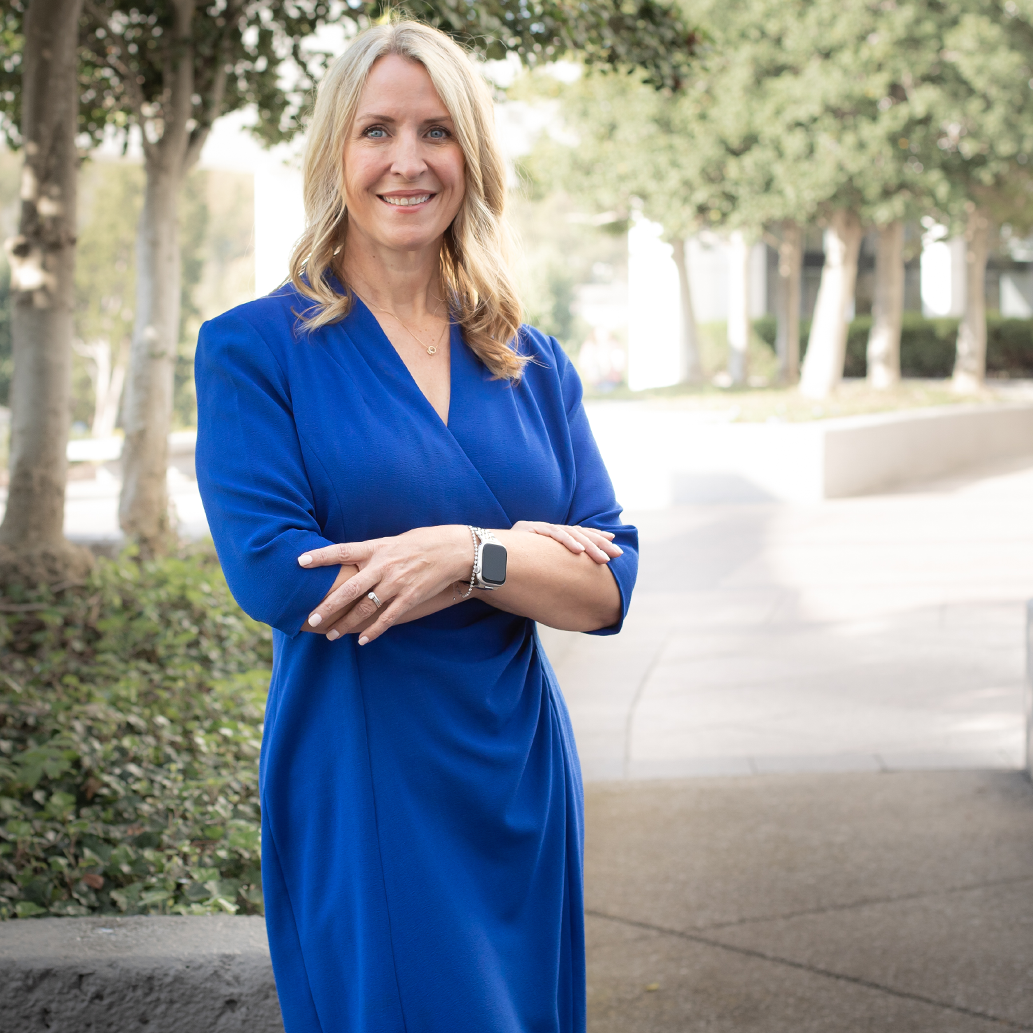
IT DOES SOUND LIKE THIS WAS A PERIOD OF HECTIC CAREER ACTIVITY. WHAT HAPPENED NEXT?
After a few years at Navigant, I felt like I needed to move on and again reached out to one of my contacts at Accenture, Jacqui Canney. Jacqui had been the CPO at Walmart before moving to a new role at WPP, where she was building her leadership team. It was great timing for me, so I joined WPP and worked with this fantastic HR leader and this was around the time that Mark Read had just been appointed as the new CEO. When Mark took over, the order of the day for WPP was acquiring businesses and keeping them separate, to maintain their individuality. This is fundamental in the creative media space, particularly as agencies would sometimes be pitching against each other to the same clients. So WPP sat as a financial holding company, with the magic in the individuality of the businesses. Mark’s strategy was to recalibrate WPP as more of an operating company with more consistency and the baseline corporate functions, such as sharing IT solutions and health and welfare benefits programmes. It was a really innovative approach with some risk and went against the grain of the traditional approach. For the most part, it put the leaders of these acquired companies at ease, because they kept their own kingdoms, while working more consistently on back-office functions. I devoted a lot of my time to succession and leadership development across WPP’s brands because the dynamics of acquisition means attrition can be high. This was about identifying rising talent across the brands, tracking and developing, with the capacity to go from brand to brand within the group.

I GUESS IT’S CREATING A PRAGMATIC CULTURE WHEREBY LEADERS ARE NOT HOLDING ON TO TALENT THAT COULD BE PROGRESSING IN ANOTHER BRAND WITHIN THE GROUP.
That’s very much the case. Trying to change that mindset so that managers don’t hold on to talent is incredibly difficult, particularly within this sector which can be quite close-knit. Also, with many acquired businesses, the CEOs were often the ex-owners and founders – their company was their baby – and so creating this culture was central to the success of the model. The challenge for HR in this dynamic environment is not having the time to work on the essential elements of engagement, because M&A activity is so energy and resource absorbing. So that’s where the technology and HR strategy is so important, to alleviate the pressure on the team. It was an incredible time in my career and looking back now, I realise how pivotal it was. For my next role, I wanted to find a leadership position in a smaller business where I could really make my mark and have ownership of the HR function. It was also essential to me that the leadership team valued HR, not as administrators, but as true partners. I was looking for a business that was poised for growth and had a change story that they were telling. At this point, I was ready for a CHRO role and I didn’t want that to be in a stagnant environment, where the company was too set in their ways. What I was looking for was more dynamism, at a scale that I could really make my mark at, and that’s when I had the call from HireRight. Once again, my Accenture HR network offered career support and several colleagues recommended me for the role to Jill Smart, who was a previous CHRO at Accenture and a current board member at HireRight. Once I was in the interview process, I knew this was a business that I’d love to work with.
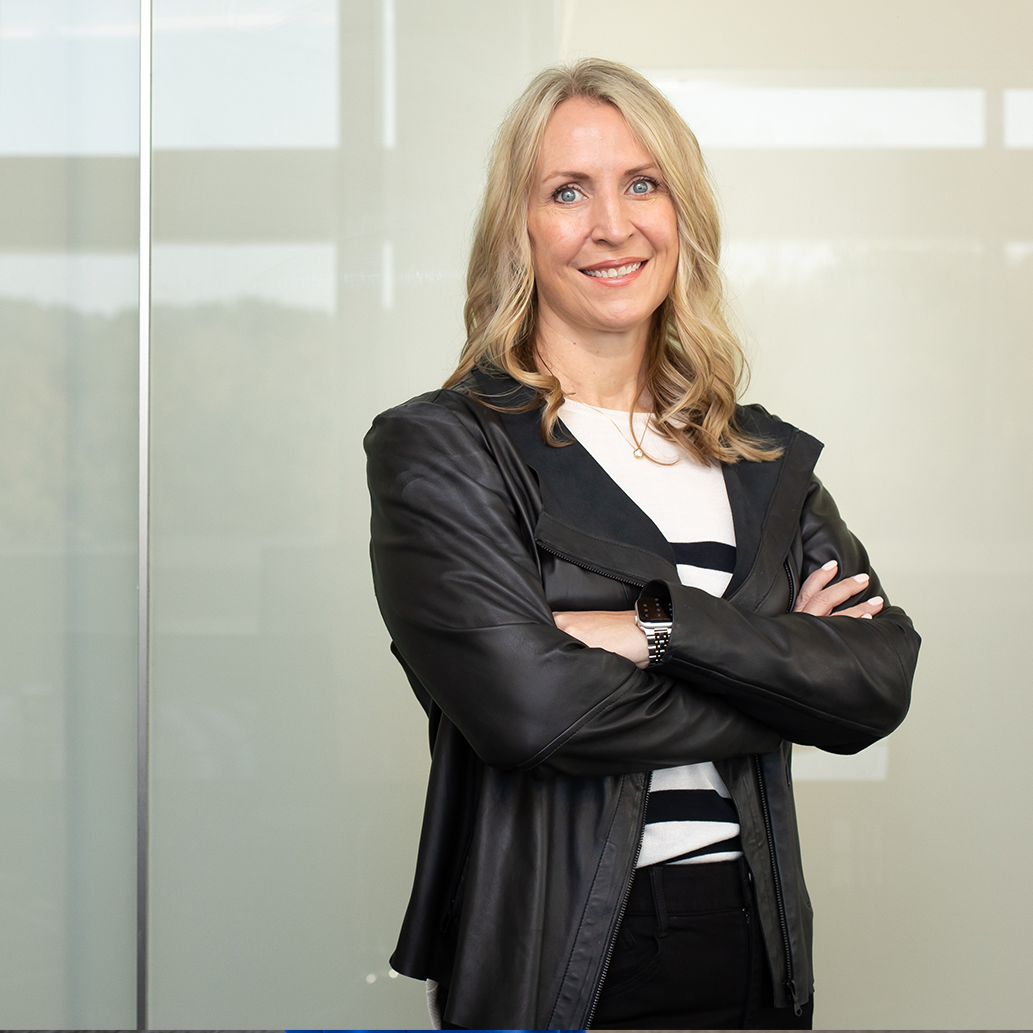
TELL US ABOUT HIRERIGHT, AND WHY THIS BUSINESS REALLY CAUGHT YOUR ATTENTION AT THIS PIVOTAL POINT IN YOUR CAREER?
My first conversation was with the CEO, Guy Abramo, and that is highly unusual for most companies. This proved to be typical of Guy, as he wants to know what is going on and doesn’t want to be at the tail end of the conversation or out of the loop. He’s upfront and he wants to collaborate and share ideas. I remember he said: “The way I view your role is 50 percent running the HR function and 50 percent working with me and the senior leaders running this business.” I remember thinking, “I’m in!” In terms of the business itself – background screening – it was not an area that I had contemplated from a career perspective, but HireRight was clearly a very different business than anything I’d experienced before. As soon as I was in post and working with the leadership team, I knew that I had landed in the exact right place. I joined in 2022 – not long after the company had gone public (October 2021) – and this proved to be an interesting period of change. My first six months were focused on building the skills and talent needed for the next stage and this was right in the middle of the war for talent. There was a lot of movement in the tech sector, constant churn and talent expecting escalating remuneration. For businesses coming out of the pandemic, the race was on. The business was in good shape and was well positioned for the new era of work. Organisations were contemplating the challenges and opportunities that hybrid and remote working would present and that the talent recruitment pool was truly global and businesses were employing and contracting talent without ever meeting them face-to-face.
From an HR strategy perspective, it was about preparing the business for growth, which would demand a rethink in leadership and succession planning because, up until this point, much of the business was based in the U.S. where the background screening industry is most firmly established. But this next stage was about globalisation. Initially, I spent my first few months gaining a grip on the plan by assessing the team, understanding the maturity of the function and evaluating the effectiveness of our HR actions specific to our business strategy. I decided that it was about both recalibrating our HR basics, leaning into this new way of working and realising that everything didn’t need to be dictated centrally. Increasingly for this business, it will be about smaller satellite bases – think global, act local – which creates opportunities, both in terms of business opportunity and recruitment channels. For instance, two years ago, our India footprint was small with no more than 25 people and now we have more than 1,000! We’re building our operations and technical capabilities there and we’re really thrilled about being able to bring in fabulous talent that we would not have had access to before. It’s enriching our culture and creating immense diversity of thought and perspective.
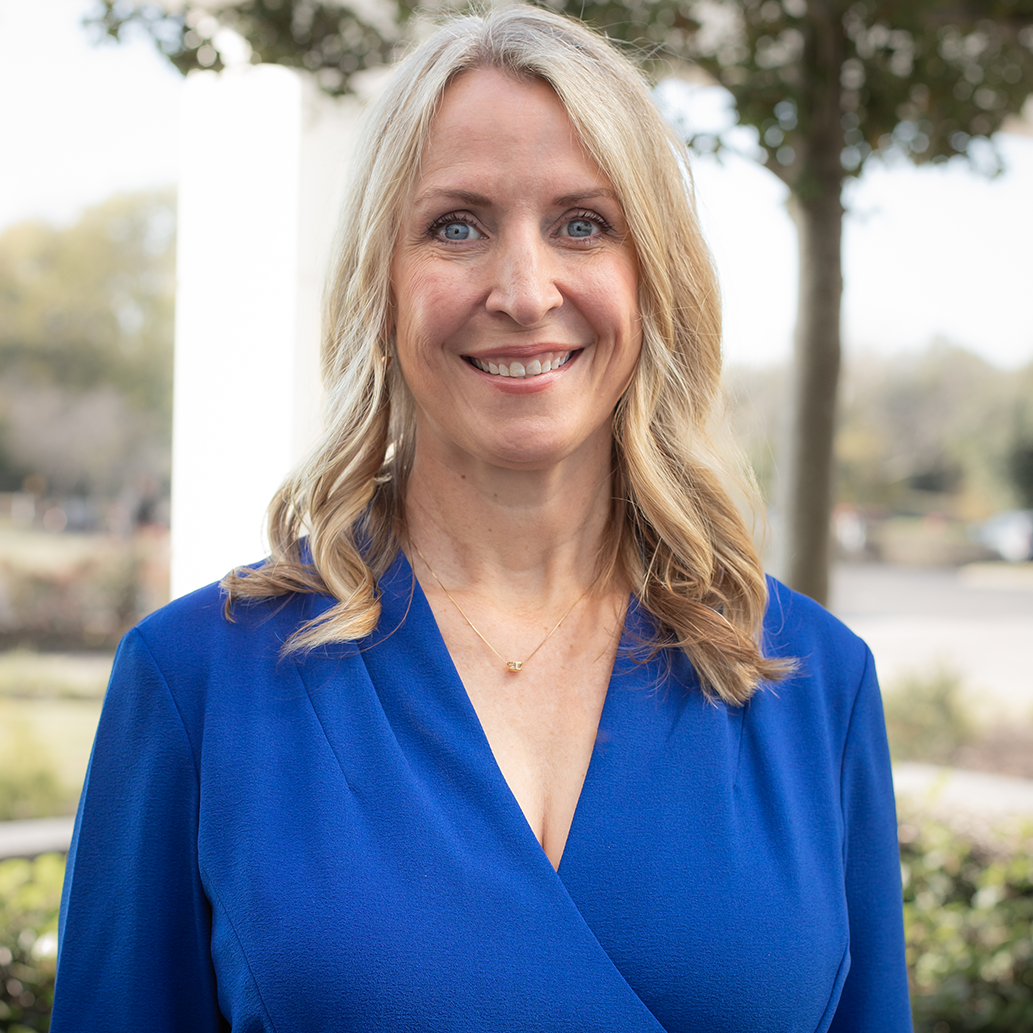
GLOBALLY, HOW CHALLENGING IS IT TO SQUARE THE DIFFERENCES IN CULTURE, PARTICULARLY AROUND INCLUSION AND EQUALITY, WHICH IS SO DIFFERENT IN MANY COUNTRIES?
It’s a real challenge because you must strike a balance and not come across as the culture police with all the ‘right’ answers and approaches. Looking at India, you often see few women in leadership positions, even though there are many highly qualified women in the lower ranks. But as their careers progress and they marry, the culture often expects them to surrender their career and focus on family. Of course, that was very much the case in western cultures not long ago and still exists to some extent even now. Our approach is to introduce more support for women and to build a culture that understands that having a family doesn’t have to mean the end of a career where lots of potential drifts away. That’s where the changes in remote and hybrid working can level the playing field. One of my real passions is to drive greater diversity in leadership and we’re already seeing the advantages and have a culture that is about balancing support and autonomy, providing all cohorts with equal opportunity. The real challenge for the leadership team now is that in this exciting time of expansion, we are few in number and, in order to be together in person, I need to travel. Right now, most of my HR team are scattered all over the globe, which means keeping communications open is that much harder. So, we are redefining the way we keep in contact, making sure that everyone feels supported. This new way of working is something that we will all have to become used to and it’s very different to those fixed points of contact that we were familiar with back in the nine-to[1]five days. The future is all about adaptability, autonomy and trust and the belief that there are far more positives than negatives in this new era of work. You can pick any aspect of DEI in history and any gains have always come from making the hard yards.
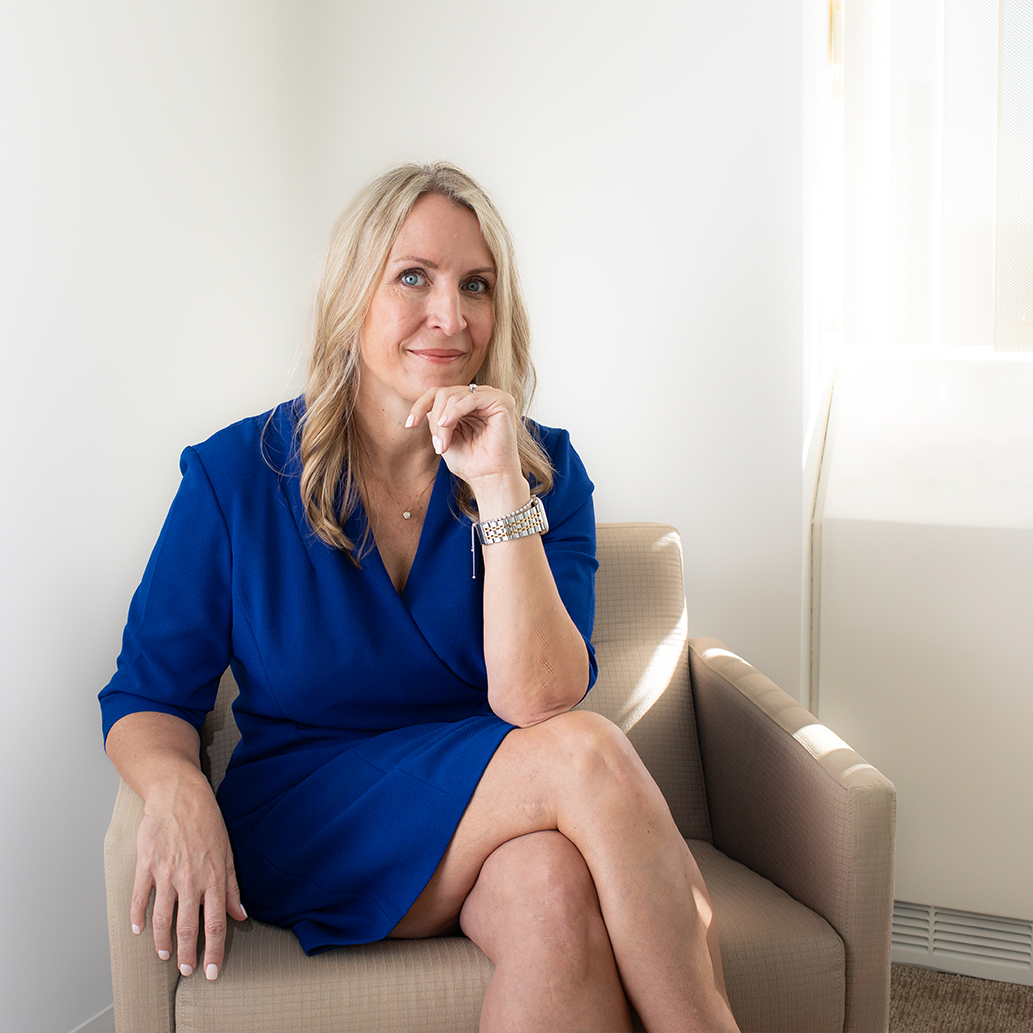
IT’S A STRANGE PARADOX THAT THE PANDEMIC, WHICH CRUELLY CURTAILED MOVEMENT, ENDED UP ACCELERATING FREEDOMS THROUGH HYBRID AND REMOTE WORKING.
. It is and it’s a process that will take time to settle as we try to recalibrate and find the best balances. But my belief is that this is the future and if employers attempt to claw back control, they will ultimately lose the battle for talent. There is an expectation of flexibility now that we could never have envisaged a decade ago. The difficulty for many employers now will be trying to work out how they can achieve equity, where some job roles cannot be performed remotely and yet others can. As always, success will depend on the calibre of people that you are able to attract and how much they value the employee experience. One thing is certain: an ongoing battle between employers and employees is unedifying and disruptive. If the leadership team can’t tell a story about purpose, they’re in trouble. I think that’s where a lot of these companies have problems. We need good reason to ask people to be together and I like thinking of the 4 Cs – communication, collaboration, connection and celebration. While these aren’t solely tied to location, they are good reasons for encouraging regular or occasional co-location.

DO YOU BELIEVE A NEGATIVE OF REMOTE WORKING IS THAT REMOTE WORKERS ARE AT A DISADVANTAGE WHEN IT COMES TO CAREER OPPORTUNITY?
With data, analytics and multi-platform communications, there are plenty of ways and opportunities for businesses to level the playing field. The fact is, if you’re asking people to make a long commute to an office, you need to make sure that this time is worthwhile. If all they are doing is sitting at a desk doing what they could do remotely, workers will quickly disengage. Any opportunity for face-to[1]face time should be used for the 4 Cs and also to make sure that people are listened to. For many, a return to an office-based nine-to-five is difficult to contemplate and the talent implications are significant. My reading is that there are many employers occupying a middle ground, trying to find some happy medium with a bit of give-and-take and I would be really curious to see the data that shows how those businesses that are asking people to come back are performing from a talent attraction and retention perspective against those that are adopting an agile approach. In terms of bias and skewed opportunity between remote and office workers, there may be a natural human bias towards people that you have a regular face-to-face relationship with, but I really do believe that with the right technology and communication platforms, it is possible to find balance.
WHAT DO YOU SEE AS THE CHALLENGES AND OPPORTUNITIES FOR HIRERIGHT AS YOU LOOK AHEAD?
Growth is the story – both here in the U.S. and internationally – as we focus on developing a truly global network. From a business development perspective, we are looking at how we can approach and take advantage of our Europe, Middle East and Africa (EMEA), Asia-Pacific (APAC) and Latin America businesses and so continued global expansion of our services is an absolute priority for us. From an HR perspective, this pivots on our ability to support and retain our essential talent, but also to recruit the key resources we need to sustain this robust plan. It’s also about working and developing with our existing customers, that are themselves expanding into new global markets and exploring possible ways in which we may support them in new locations. In terms of our services, our focus is on greater global connectivity and cohesion. It’s also about being mindful of the talent and skills we will need to have in place for the future – so that we are technically ahead – but also able to support customer needs as technology changes and the nature of recruitment and contracting shifts. We are ambitious to grow and develop our business beyond our current markets and services. In recent years, the company has gone through a merger, acquired a number of businesses around the globe and opened local offices in new locations, all of which required an initial focus, from an HR perspective, on integrating the teams into our company and its culture. But now we are ready to align the teams for growth and development. So, my people plan is calibrated around building a global workforce and strategy – and understanding what needs to change to deliver this – along with, what does that change mean for our leadership expectations? Right now, we are talking about business continuity during change and growth, developing leadership skills and succession planning. We are also contemplating the different capabilities and experiences we need to support individuals to self-develop. Global growth at scale means that you need to be better at connectivity – not just from a tech perspective but on a people level too. It sounds obvious, but we need our leaders to know one another, to know each other’s business, to know how things work and to connect and collaborate beyond their own experiences. We can’t operate in silos, the future demands collaboration and pragmatism in order to develop business opportunity. This requires a mindset shift away from containment to developing a cohesive partnership. When I think of the talent, that changes everything – it changes who we want to recruit and it changes how we develop and support people throughout their career. It also impacts how we think about remuneration and what we are rewarding and we must align and complement expectations, behaviours, ambition and values. We have a tremendous opportunity to be architects of a new working era. It’s a rare privilege and a fascinating time to be in HR leadership.
THERE HAVE BEEN SOME REALLY GOOD ADVANCES IN UNDERSTANDING AND SUPPORTING MENTAL HEALTH AND WELLBEING AND THERE IS MUCH GREATER APPRECIATION AND EMPATHY - FOR EXAMPLE, SOME GREAT WORK ON AWARENESS SURROUNDING MENOPAUSE IN THE WORKPLACE.
Agreed, but there is still much more to do in terms of making sure that there is true diversity, inclusion and opportunity in the workplace. From what I see, employers have a genuine ambition to do more – not only for the people in their business, but also the wider communities, locally and globally. In working towards creating a better place to work, this will in time help create a better society and world to live in and HR has a huge part to play in that. There is no doubt in my mind that many of the answers lie in diversity, equity and inclusion, but as we have all seen and experienced, every yard gained in DEI is a hard yard and there are no shortcuts that will magically unlock the gate to a perfect world. Progress comes through tapping into the potential of a broader group of people that may have hitherto been underrepresented or discriminated against. That to me is the bottom line, but it is complex and requires a steady focus on the objectives to not be blown off course at the first sign of a crosswind. I’m really proud of the fact that almost 60 percent of HireRight employees are women and that continues to grow as we allow greater work flexibility. This is a growing and sustainable trend that is in part a result of a different approach to working and operating. For us, that means we are achieving an important ambition to have more diverse thinking and experience sets. But attracting diversity requires complete authenticity, allowing employee voices to convey the message that a business is genuinely diverse, with people across all demographics valued and supported, helping them to give their best and develop their careers. All these things will come to fruition when you start to think differently about what a company does and, importantly, how it does it. How many keynotes do we hear about how important employee brand is? Well, it’s much easier to say than to do and it means always questioning what you do and how you do it, challenging the status quo and having the courage to call out groupthink and to see whether the leaders around you all look, sound and think the same. If you keep reverting to the same old checklists, progress is bound to be stilted. That is why diversity-of-thought is the essential element of a business – not just for leaders and decision-makers – but right across organisation. Never be afraid to think differently.
WHAT DO YOU HOPE TO ACHIEVE PERSONALLY AND WITH YOUR HR TEAM AS THE BUSINESS LOOKS TO THE FUTURE?
We know we have immense potential here, so it’s really all about working out how to tap into the folks who are here and, as leaders, it’s also about being flexible with those we bring into the team to join us. When it comes to the wider HR team, we know we can teach technical and procedural HR disciplines, but what we can’t teach is potential and an attitude and enthusiasm to learn. So, I am always looking to widen the aperture on who and what we are looking for and if you believe all the stats around how businesses do better with more diversity in everything, it becomes a no-brainer. For example, our gender diversity numbers are solid though, of course, we are always looking for ways to improve. To help support diversity of leadership, we require a diverse candidate slate for all director level and above positions. However, we don’t have targets or quotas around this because we want the right talent to get the job, whatever the role. We also require all our internal and external talent acquisition partners to search for talent as widely as possible, which helps support diversity at all levels in the business. In all honesty, my vision is that hiring diversity will stop being just a DEI thing and become the status quo of how businesses work. But we must put the right processes in place. Crazily enough, I think that COVID-19 actually helped. We had to think differently and it forced us to make difficult and different decisions which have helped us move in the right direction. We just have to keep up the momentum. For me, I love my job and my CEO recently asked me how I was doing a year or so into the role. I told him I was absolutely in the exact right place. I am the right person for HireRight and HireRight is the right place for me and that wouldn’t be true if it wasn’t for all the diverse experiences I have gained. I love the fact that consulting made me curious and questioning and then outsourcing gave me profit and loss (P&L) responsibility and management experience, before HR helped me to see how to support and guide people in different and diverse ways. It’s all of this combined experience that has helped me succeed and made me what I am today and I couldn’t be happier.
FOR FURTHER INFO WWW.HIRERIGHT.COM
